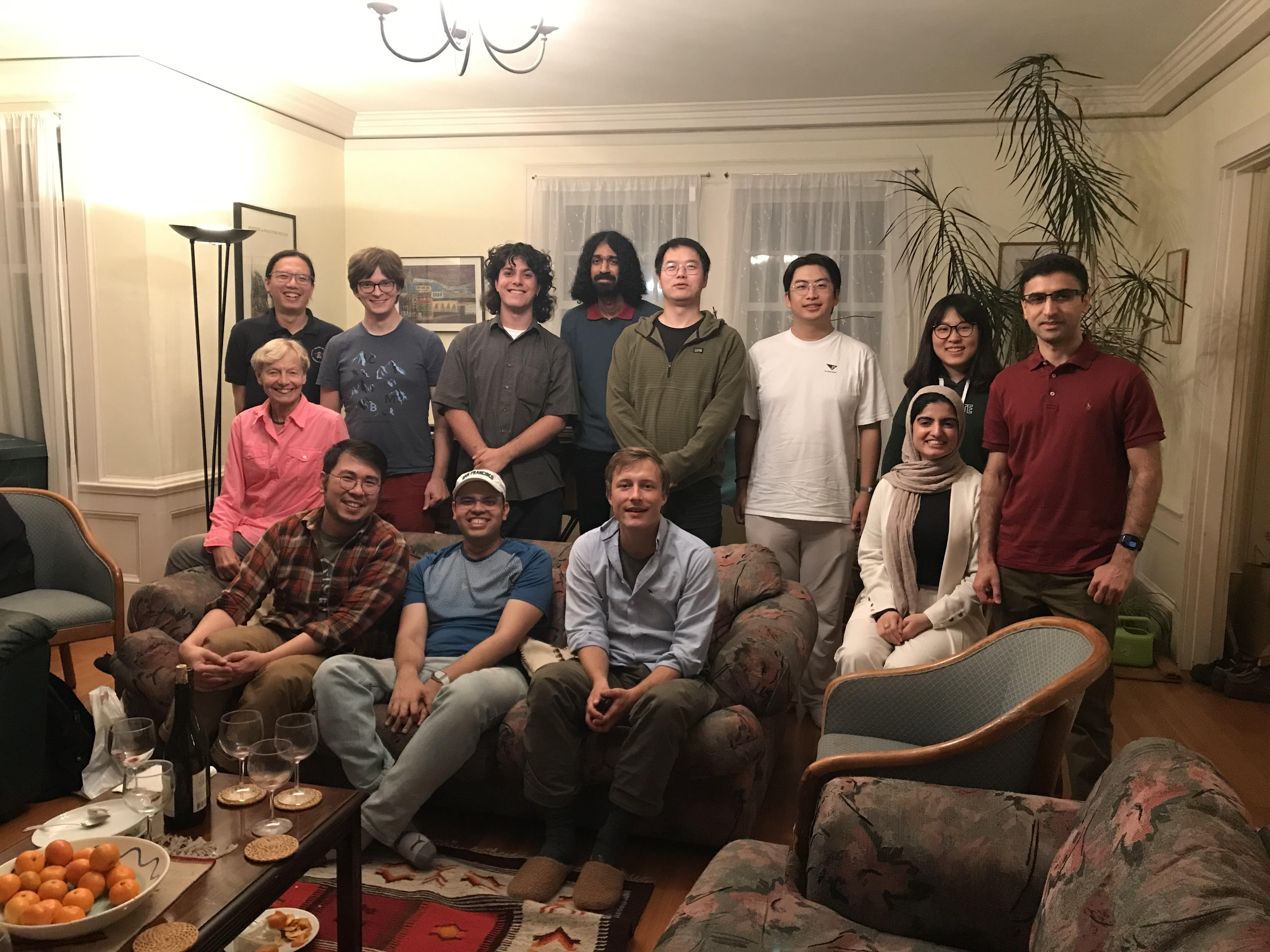
The Global Seismology Research Group resides at UC Berkeley, within the Department of Earth and Planetary Science and the Berkeley Seismological Laboratory.
The Global Seismology Group at UC Berkeley is involved in a collaboration with NERSC for the development of a scalable version of the new wave propagation solver DFD (Distributed Finite Difference Method ,e.g. Masson, GJI, 2023) on the NERSC supercomputing platforms, and its potential applications to imaging earth structure at scales from local to global. If you have experience in parallel code development and are interested in collaborating with us on the DFD, consider applying for a post-doc position currently open at NERSC in the framework of the NESAP program. More details here.
Our research focuses on improving our understanding of the present day structure and internal dynamics of our planet, from the crust to the inner core, using seismic imaging approaches. We tackle the development and application of new methods for the computation of the seismic wavefield in complex 3D media, with a focus on complex structure in the deep mantle, and for tomographic imaging of elastic and anelastic structure using full waveform inversion (FWI), at the global and regional scale. For our applications, we make use HPC supercomputing facilities at NERSC and ACCESS. One of our recent interests is in the development and implementation of "Box Tomography", i.e. how to perform FWI of remote target regions in the deep earth at the short periods relevant to teleseismic observations, while keeping the computational cost manageable.
One of our more exotic research directions concerns the Earth's "hum" and the insights it brings to ocean/atmosphere/solid earth interactions. In order to better understand the chemical and thermal state of the mantle and the processes operating therein, we also seek to apply the latest findings of the mineral physics community within the context of our seismic probing and geodynamic modeling.
We also have an interest in the of study earthquake source mechanisms and scaling laws, as well as global seismic moment release and its relation to plate tectonics.
Our research is supported through a variety of sources, mostly through grants from NSF.
